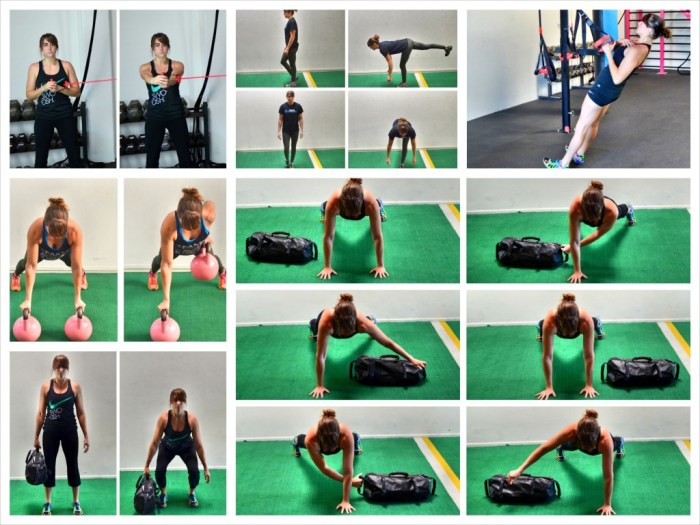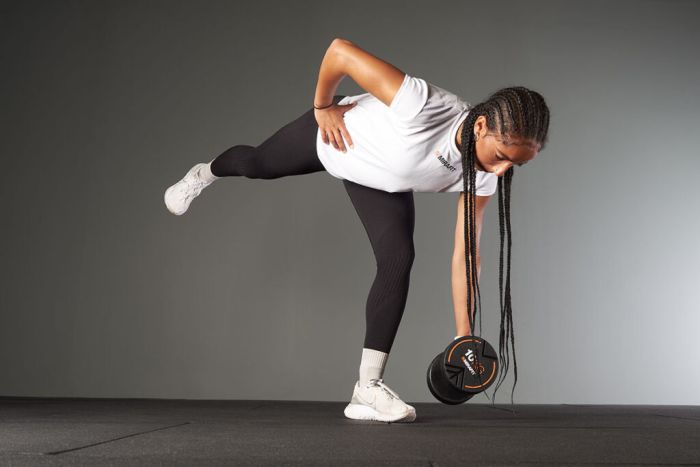Antirotational exercises are often this sort of movement by nature. – Antirotational exercises are often this sort of movement by nature, and they play a crucial role in core stability and injury prevention. By incorporating these exercises into a fitness routine, individuals can enhance their core strength, improve balance, and reduce the risk of injuries, particularly in sports and fitness activities that involve rotational movements.
These exercises target the muscles responsible for stabilizing the spine and pelvis, including the obliques, transverse abdominis, and erector spinae. By strengthening these muscles, antirotational exercises help resist rotational forces and maintain proper alignment during dynamic movements, such as running, jumping, and lifting weights.
Antirotational Exercises

Antirotational exercises are designed to enhance the body’s ability to resist rotational forces and maintain stability. They play a crucial role in improving core strength, posture, and balance.
These exercises typically involve movements that challenge the body’s ability to control rotation around the spine, hips, and shoulders.
Benefits of Antirotational Exercises
- Improved core stability
- Enhanced balance and posture
- Reduced risk of injuries
- Increased functional movement
- Improved athletic performance
Types of Antirotational Exercises, Antirotational exercises are often this sort of movement by nature.
| Exercise | Target Muscle Groups | Difficulty Level |
|---|---|---|
| Bird Dog | Core, glutes, hip abductors | Beginner |
| Plank with Toe Taps | Core, obliques, shoulders | Intermediate |
| Russian Twists | Core, obliques, hip flexors | Advanced |
| Medicine Ball Rotational Throws | Core, shoulders, arms | Advanced |
Progression and Modifications
To progress in antirotational exercises, gradually increase the intensity by increasing resistance, sets, repetitions, or the range of motion.
Modifications can be made to suit different fitness levels and needs. For example, beginners can start with easier variations such as the bird dog with knee support.
Sample Workout Plan
- Bird Dog: 3 sets of 10 repetitions per side
- Plank with Toe Taps: 3 sets of 30 seconds hold
- Russian Twists: 3 sets of 20 repetitions
- Medicine Ball Rotational Throws: 3 sets of 10 throws per side
Advanced Applications
Antirotational exercises have advanced applications in specific sports and fitness disciplines, such as:
- Golf
- Tennis
- Martial arts
- CrossFit
In these disciplines, antirotational exercises help enhance power, balance, and coordination, while reducing the risk of injuries.
FAQ Summary: Antirotational Exercises Are Often This Sort Of Movement By Nature.
What are antirotational exercises?
Antirotational exercises are movements that challenge the body’s ability to resist rotational forces and maintain proper alignment. They target the muscles responsible for stabilizing the spine and pelvis, including the obliques, transverse abdominis, and erector spinae.
Why are antirotational exercises important?
Antirotational exercises are important for improving core stability, which is essential for maintaining proper posture, reducing the risk of injuries, and enhancing performance in sports and fitness activities.
How can I incorporate antirotational exercises into my workout routine?
There are various antirotational exercises that can be incorporated into a workout routine. Some common examples include planks, side planks, Russian twists, and anti-rotation presses.


